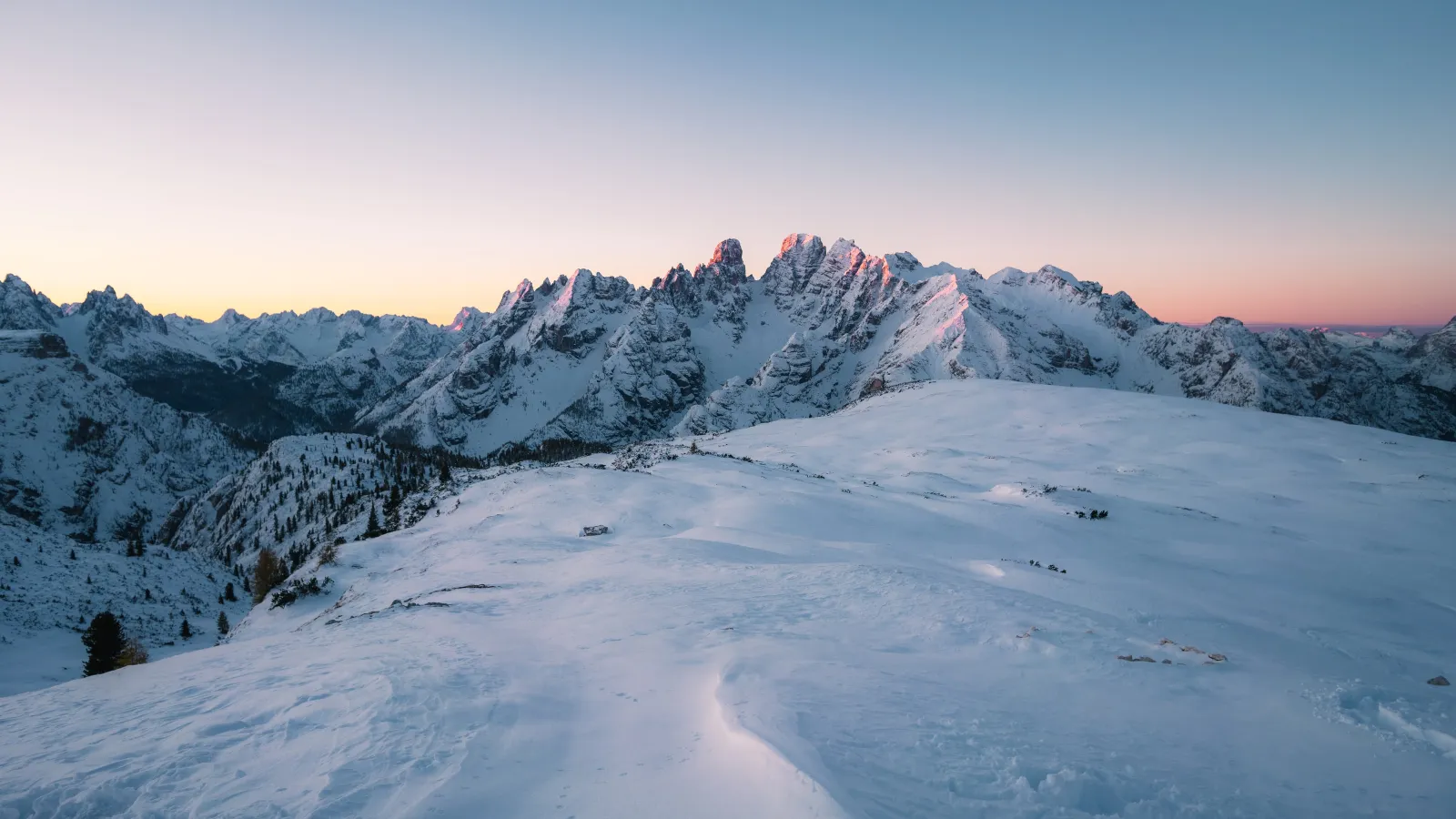 The US Interior Department recently removed some of the remaining obstacles to Arctic drilling, albeit with a few caveats. Arctic oil drillers must keep active rigs at least 15 miles from wildlife, which could make transport between drilling sites more burdensome. The Arctic contains about 20% the world’s undiscovered oil and gas reserves. Companies, like Shell Oil, can drill into Arctic oil-bearing zones, but not until spill response equipment is available. The equipment needed is currently undergoing repairs and may not be ready until after the arctic drilling season ends. Shell needs spill prevention equipment like a capping stack before the company can drill into the deeper formations, according to The Guardian.
The US Interior Department recently removed some of the remaining obstacles to Arctic drilling, albeit with a few caveats. Arctic oil drillers must keep active rigs at least 15 miles from wildlife, which could make transport between drilling sites more burdensome. The Arctic contains about 20% the world’s undiscovered oil and gas reserves. Companies, like Shell Oil, can drill into Arctic oil-bearing zones, but not until spill response equipment is available. The equipment needed is currently undergoing repairs and may not be ready until after the arctic drilling season ends. Shell needs spill prevention equipment like a capping stack before the company can drill into the deeper formations, according to The Guardian.
A number of Wall Street analysts are predicting that crude oil is set to stay below $60 a barrel through next year as the market and energy industry struggles to recover from over supply. A survey of 13 investment banks by The Wall Street Journal cut their average forecast for Brent crude, the international price gauge, by $9 to $58.70 a barrel, compared with last August’s survey. For West Texas Intermediate, the U.S. oil marker, the average forecast is for $54.40 a barrel, also down $9 from August.
Industry Indicators
- The average US retail price for diesel and regular gas, which influences profitability for oil and gas companies, fell 30.9 percent and 27.13 percent, respectively, in the week ending October 13, 2015, compared to the same week in 2014.
- The spot price of crude oil, which affects profitability for oil and natural gas operations, fell 45 percent in the week ending October 9, 2015, compared to the same week in 2014.

